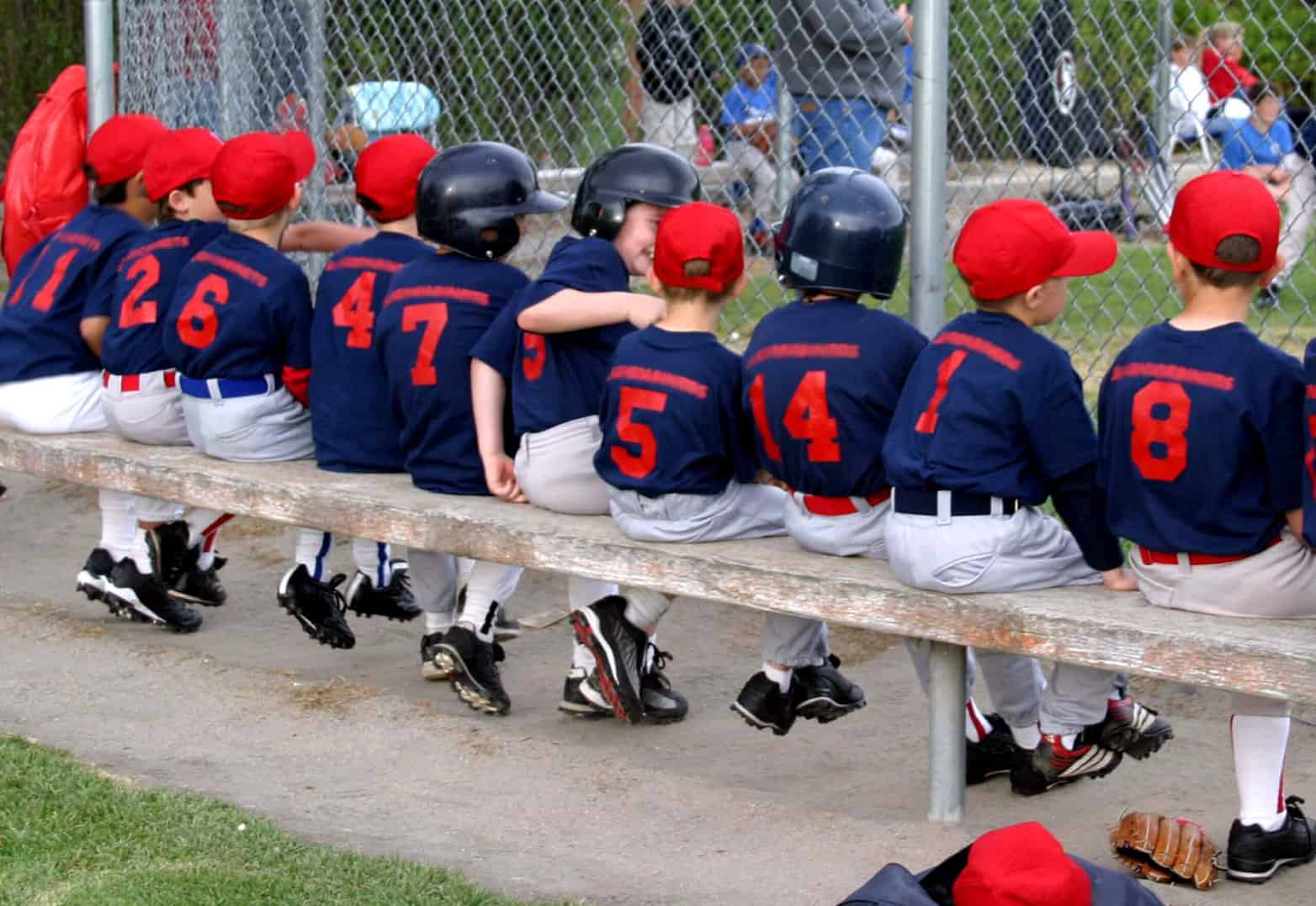Over the past month or so, the podcast Sold a Story by Emily Hanford via American Public Media has had quite an impact, permeating conversations amongst scholars, parents, and teachers on social media and the real world alike. For those of us, like my colleagues and I, who spend our days immersed in the work of literacy instruction, we’ve fielded questions from family, friends, and former colleagues asking what we think, if the reporting is accurate, or if we agree. As we compared notes, watched the varied and often heated responses unfold, and reflected on our own experiences, we realized: we too were sold stories, and in turn we sold them.
There are a million reasons why education in this country is inconsistent. Some of these are deeply rooted systemic challenges: institutionalized racism that impacts schools through inequitable housing practices, consistently under-resourced schools that serve predominantly Black and multilingual students, and the disproportionate suspension rates for and experience of microaggressions by students of color. Other challenges stem from the disconnect between educational research and practice. This disconnect is a byproduct of a system that conducts research in silos written in academic jargon and held behind a paywall, with no consistent path for connection between schools of education and K-12 education. And the financial incentives for schools of education or publishers of instructional materials are to keep showing teachers how to teach in the same ways, rather than consistently change in the face of new research. All of these systemic challenges fall on top of the increasing demands for teachers to work long hours and juggle multiple roles. Teaching is a profession that is deeply complex and nuanced, but is often treated as simplistic.
The result of all of this inconsistency is that everyone who touches education has been sold many stories. Each story is touted as “the way” to address the multiple and complex challenges of teaching and learning. And teachers are, all too often, the ones left to wade through the muck to try and make sense of which story they should abide by, a recipe for inequity. In one response from teachers to this conversation, the writers state that “a focus on one aspect of instructional practice in no way discounts the importance of others, or of the structural inequities at play in our schools.” Hanford’s piece was about how teachers are insufficiently supported to learn and instruct decoding, just one critical piece of a complex puzzle.
Here at Student Achievement Partners we, too, sold a story for many years, the one thing we said we should focus on to fix the system. Our story was about a narrow focus on content, on the Standards and Shifts, as the most important focus for educators. But education does not have quick fixes, and it works in a complex and interdependent system. We are working now to expand our view, to position grade-level work as one of many important areas of focus for equitable instruction. I am lucky to work in an organization that has been committed to learning, re-learning, and un-learning as we work to support instruction that is simultaneously culturally responsive-sustaining, joyful, grade-level, and linguistically sustaining. This means identifying the stories we were sold, and the learning/unlearning needed in order to do better for children:
- Stories of fixing the achievement gap that promote a way of thinking about children, particularly Black and multilingual students, as problems to be solved rather than affirming and supporting their brilliance.
- Stories of the mostly white, female workforce as saviors or heroes, rather than figuring out what can be learned from studies that show importance of teachers of color, particularly for Black students.
- Stories of tracking as a supportive practice, that some kids can’t do rigorous work, rather than ensuring all students have the opportunity for grade-level work.
- Stories of reading levels that send the message that a child has a level, and that providing them with “on level” texts will support their learning, rather than ensuring all students have opportunities to read complex text.
- Stories of isolated skill-based instruction, or “re-teaching weeks” for things like “finding the main idea,” rather than literacy instruction that is focused on building knowledge, with resources sequenced to attend to cultural relevance and supporting students to understand the text itself.
- Stories of insisting on English only in writing and discussion or specific times of the day, rather than supporting students to use their full linguistic repertoires to communicate and grow their command of both English and their home language(s).
- Stories of phonics instruction as good for or bad for multilingual learners, rather than leaning into what we know and don’t know yet about this work, and acknowledging that the work of Science of Reading advocates must be expanded to be inclusive.
Join us for this blog series as we reflect on some of our stories and the work we are doing now to disrupt them, avoid pendulum swings, and lean into the learning needed from educators in order to support students.





